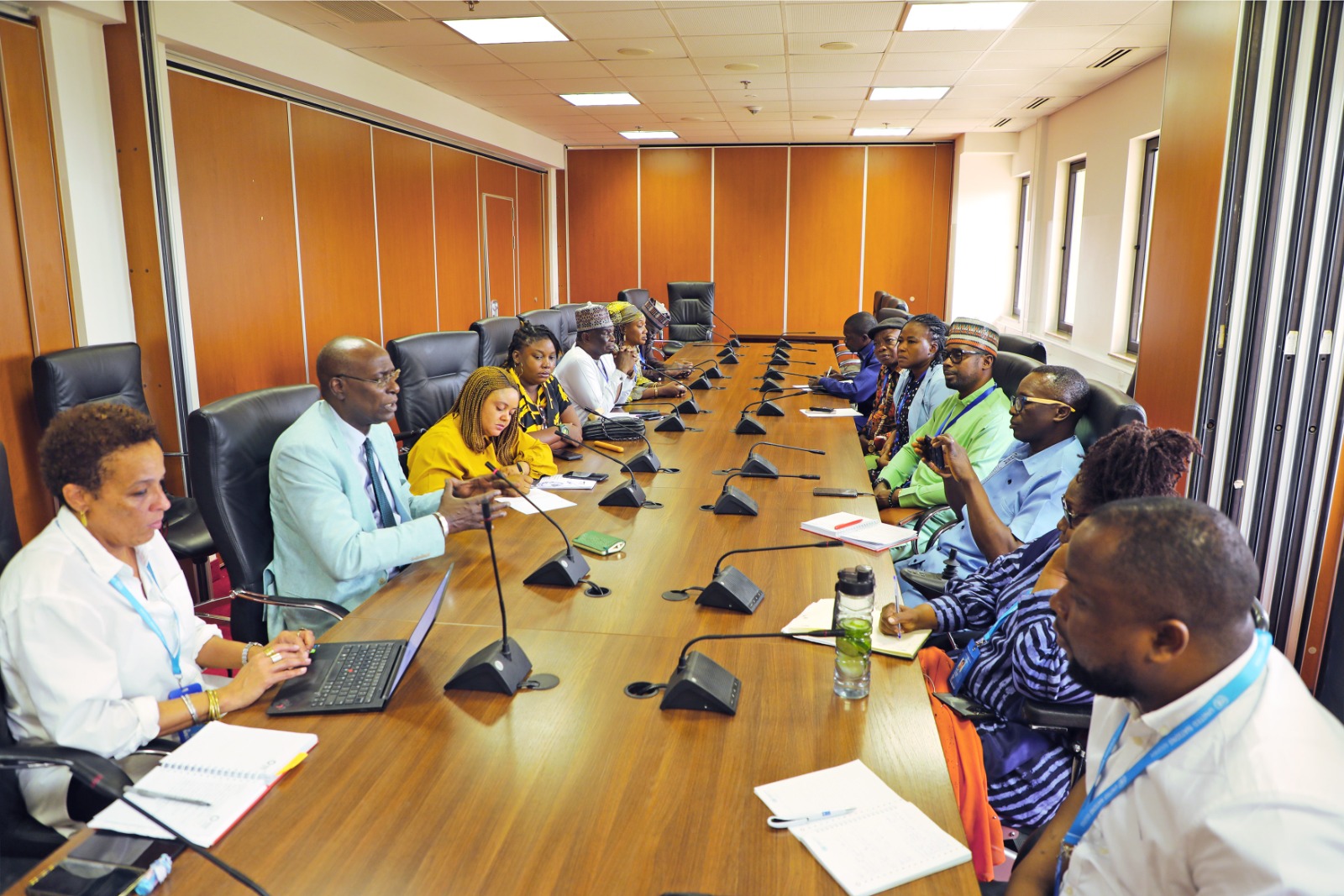The Evolving Landscape of Sustainability for Persons with Disabilities
Published on: February 20, 2025

Sustainability has become a global priority, but its impact on disabled communities is often overlooked. As the world shifts towards greener solutions, it is essential to ensure that sustainability efforts are inclusive and accessible. The future of sustainability for disabled communities depends on innovative, thoughtful, and equitable approaches that cater to their unique needs while promoting environmental responsibility.
Inclusive Green Infrastructure
One of the key aspects of a sustainable future is infrastructure development. Green buildings, public transport, and urban spaces must be designed with accessibility in mind. Smart city initiatives should prioritize features such as:
-
Wheelchair-friendly pathways and ramps made from recycled materials.
-
Energy-efficient elevators and automatic doors powered by renewable energy.
-
Sensor-based navigation systems for visually impaired individuals.
-
Public transport with low-emission, accessible vehicles.
Accessible Renewable Energy Solutions
Transitioning to renewable energy should also benefit disabled individuals. This includes:
-
Smart home technologies that allow people with mobility impairments to control lighting, heating, and appliances using voice commands or adaptive interfaces.
-
Subsidized access to solar panels and battery storage for individuals who rely on medical devices requiring continuous power.
-
Policies ensuring that energy-efficient devices and upgrades are financially and physically accessible to disabled households.
Sustainable Employment for Disabled Individuals
As sustainability reshapes industries, it is crucial to create inclusive job opportunities. Governments and businesses should:
-
Provide remote work options for disabled employees in green industries.
-
Develop vocational training programs focused on sustainability-related careers.
-
Encourage eco-friendly entrepreneurship among disabled individuals through grants and mentorship programs.
Eco-Friendly Assistive Technologies
Innovation in assistive technology can contribute to both sustainability and accessibility. The future should prioritize:
-
Developing biodegradable or recyclable prosthetics and mobility aids.
-
Creating energy-efficient wheelchairs and exoskeletons powered by solar energy.
-
Ensuring that manufacturing of assistive devices follows sustainable production practices.
Equitable Climate Policies
Climate change disproportionately affects disabled individuals due to mobility challenges and health vulnerabilities. Future sustainability policies should address:
-
Disaster preparedness plans that include evacuation strategies for disabled individuals.
-
Access to cooling centers, clean water, and air purification systems for those with respiratory conditions.
-
Financial aid for disabled individuals to transition to sustainable living options.
Conclusion
The future of sustainability must be inclusive, ensuring that disabled communities are not left behind in the global movement toward a greener world. By designing accessible infrastructure, advancing renewable energy, promoting inclusive employment, developing eco-friendly assistive technologies, and implementing equitable climate policies, we can create a sustainable future that benefits everyone. Achieving true sustainability means embracing diversity and ensuring that all individuals, regardless of ability, can actively participate in building a better world.